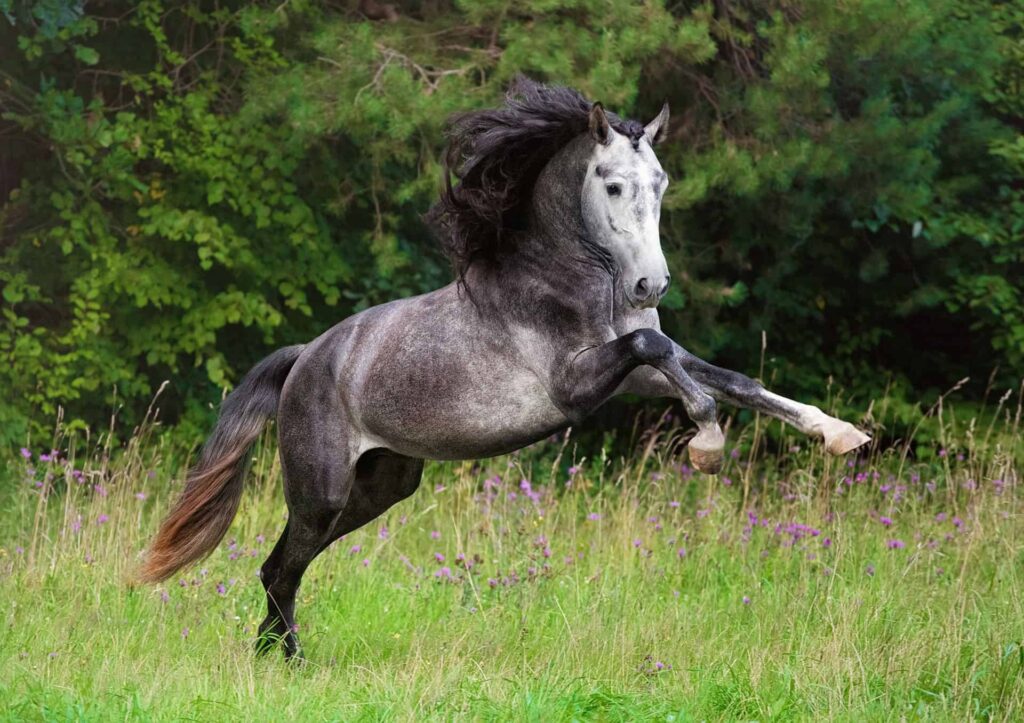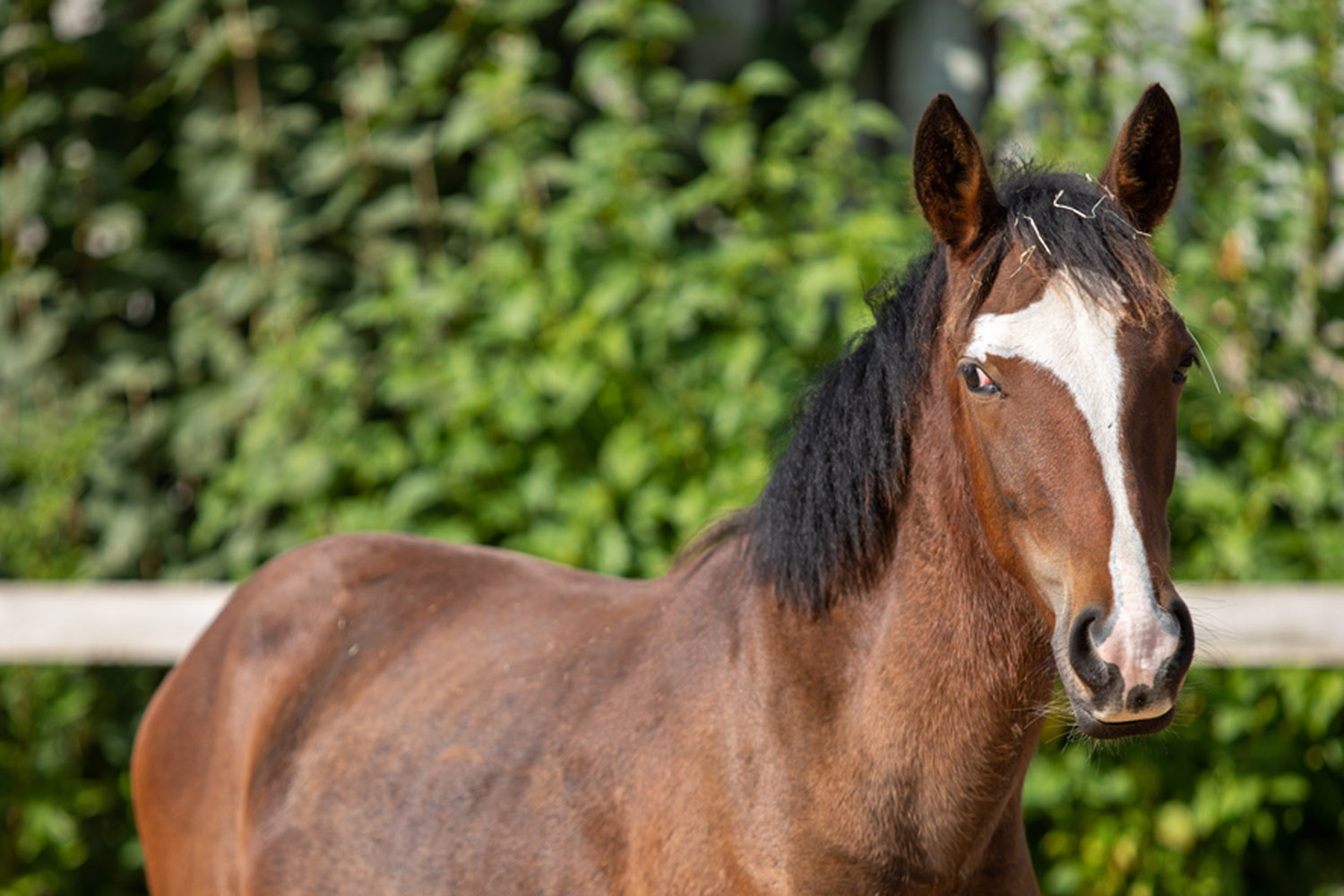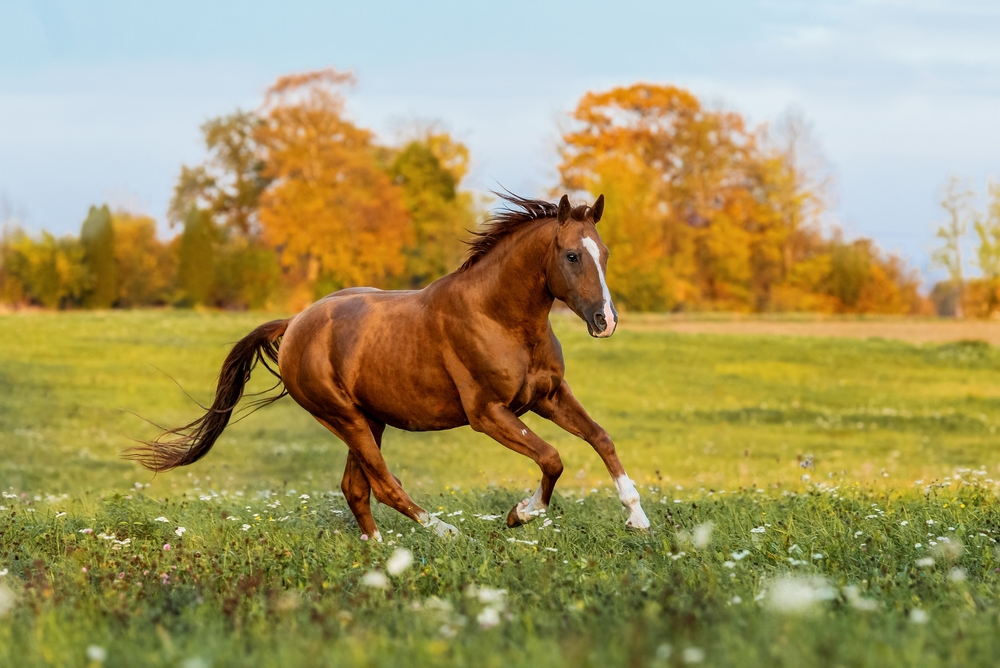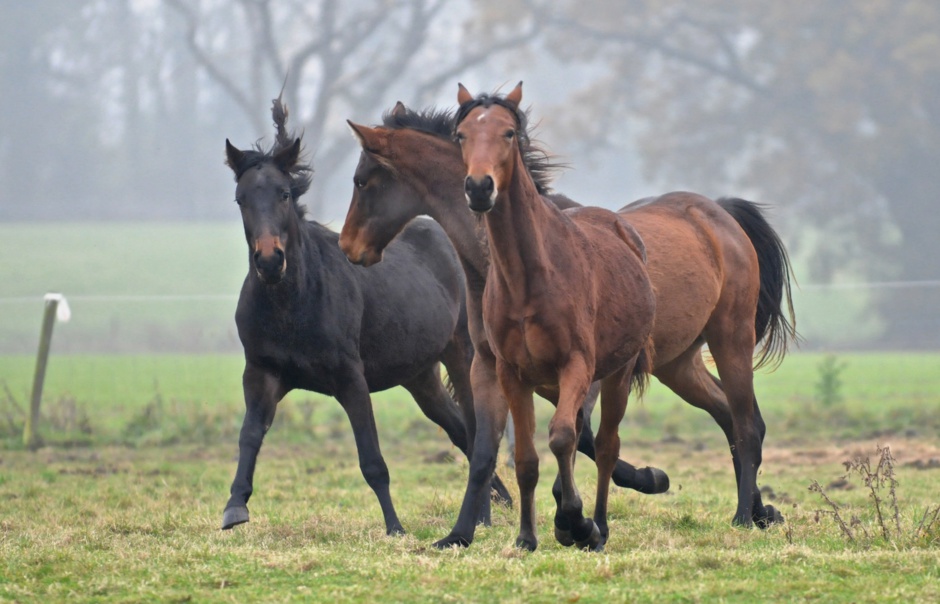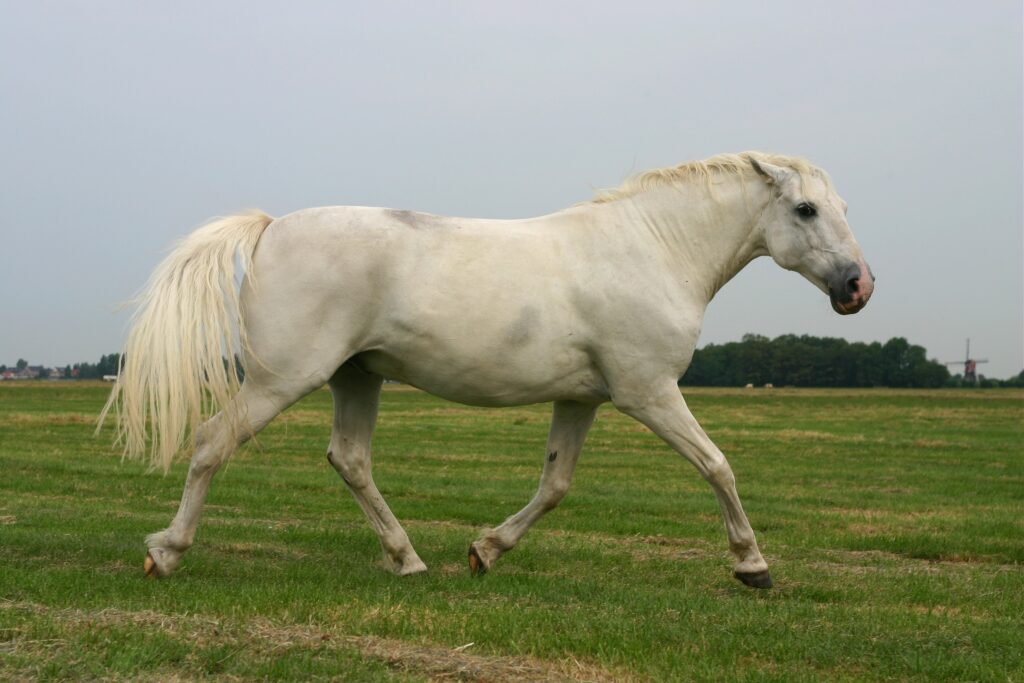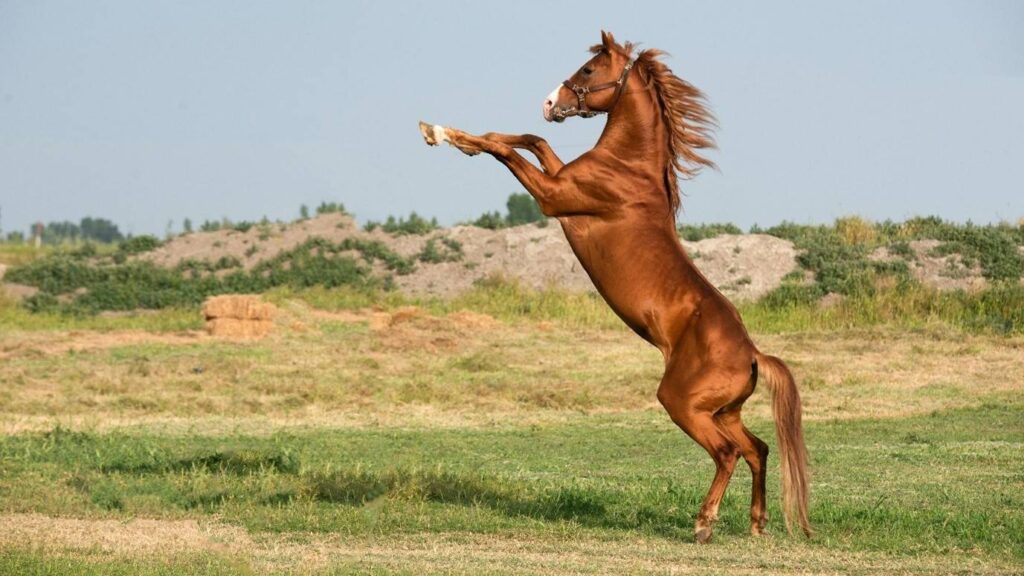The Andalusian horse, a majestic and graceful breed, has been a cornerstone in the development of many other horse breeds across the globe. Known for its intelligence, strength, and beauty, the Andalusian horse has left a lasting impact on equine breeding. In this article, we will explore how the Andalusian horse has influenced other breeds and why it remains a beloved choice among horse enthusiasts.

The Origin of the Andalusian Horse
Originating from the Iberian Peninsula, the Andalusian horse has a rich history that dates back thousands of years. Its ancestors are thought to have been present in Southern Spain for over 20,000 years. The breed was refined in the Middle Ages and became the mount of choice for nobility and cavalry due to its agility and noble appearance.
Characteristics of the Andalusian Horse
The Andalusian horse is known for its impressive physical and temperamental qualities. It typically exhibits a strong yet elegant physique, with a broad chest, powerful hindquarters, and a well-arched neck. These horses are also known for their expressive eyes and thick, flowing manes and tails.
The temperament of the Andalusian horse is equally remarkable. They are known for their intelligence, sensitivity, and willingness to learn. These traits have made them highly trainable and versatile, suitable for a variety of equestrian disciplines.
Influence on Other Breeds
The influence of the Andalusian horse on other breeds is significant. Many modern horse breeds owe their physical characteristics and temperaments to the Andalusian. Here are some notable examples:
1. Lusitano
The Lusitano, a close relative of the Andalusian, shares many of its traits. Originating from Portugal, the Lusitano is celebrated for its athleticism and versatility, traits inherited from the Andalusian.
2. Lipizzaner
The famous Lipizzaner horses, known for their performances in the Spanish Riding School of Vienna, have Andalusian ancestry. The grace and agility of the Lipizzaner are a testament to the influence of the Andalusian breed.
3. Friesian
The Friesian horse, known for its striking black coat and flowing mane, has also been influenced by the Andalusian. This influence is evident in the Friesian’s graceful movement and noble appearance.
4. American Quarter Horse
The Andalusian played a role in the development of the American Quarter Horse, particularly in its agility and quickness. These traits are valued in the Quarter Horse’s role in rodeo and ranch work.
Andalusian Horse in Modern Equestrianism
Today, the Andalusian horse continues to be a popular choice for a variety of equestrian activities, from dressage to show jumping. Their versatility and beauty make them a favorite among riders and breeders alike.
For more information on the Andalusian horse’s role in equestrianism, you can visit the Spruce Pets website.
The Future of the Andalusian Horse
As interest in preserving and promoting the Andalusian horse continues to grow, efforts are being made to maintain the breed’s purity while also exploring its potential in new areas of equestrian sport. The Andalusian’s influence is likely to continue for generations to come.

FAQ
What makes the Andalusian horse unique?
The Andalusian horse is unique due to its combination of strength, beauty, and intelligence. Its historical significance and influence on other breeds also contribute to its uniqueness.
Which modern breeds are influenced by the Andalusian?
Breeds such as the Lusitano, Lipizzaner, Friesian, and American Quarter Horse have all been influenced by the Andalusian.
Where can I learn more about Andalusian horses?
You can learn more about Andalusian horses by visiting resources such as the Of Horse website.
This article contains affiliate links. We may earn a commission at no extra cost to you.


